



September ushers in the beginning of fall, but it doesn’t end the gardening season: in addition to making arrangements for the next gardening year, harvesting, plant care and sowing are still on the agenda. Hedgehogs and birds also look forward to clean nesting boxes and winter quarters, which now need to be set up. We have summarized the most important gardening tips for September for you.
Remove new blossoms on peppers and tomatoes
Bell pepper and tomato plants continue to form new blossoms in September. However, existing fruit will grow larger and ripen better if they do not compete with newly formed fruit. Therefore, break out flowers that peppers or tomatoes are late in forming early so that the plants concentrate their energy on the existing fruit. By regularly removing yellowed leaves and once again pampering your vegetable plants with nettle manure or a liquid vegetable fertilizer, you will also help strengthen the plants.
Harvest bean pods and reserve some as seed
In late September, the pods of beans begin to dry out parchment-like. On a sunny day, you can pick the pods now, ideally during midday. Once you have released the seeds from the pod, allow the seeds to dry out in an airy place for about a week.
After that, the firm, smooth and stain-free bean seeds can be stored in a tight-fitting screw-top jar or tin can for about a year. If you want to cultivate beans again next year, you can also reserve the fattest beans as seed.
Underlay pumpkins with straw
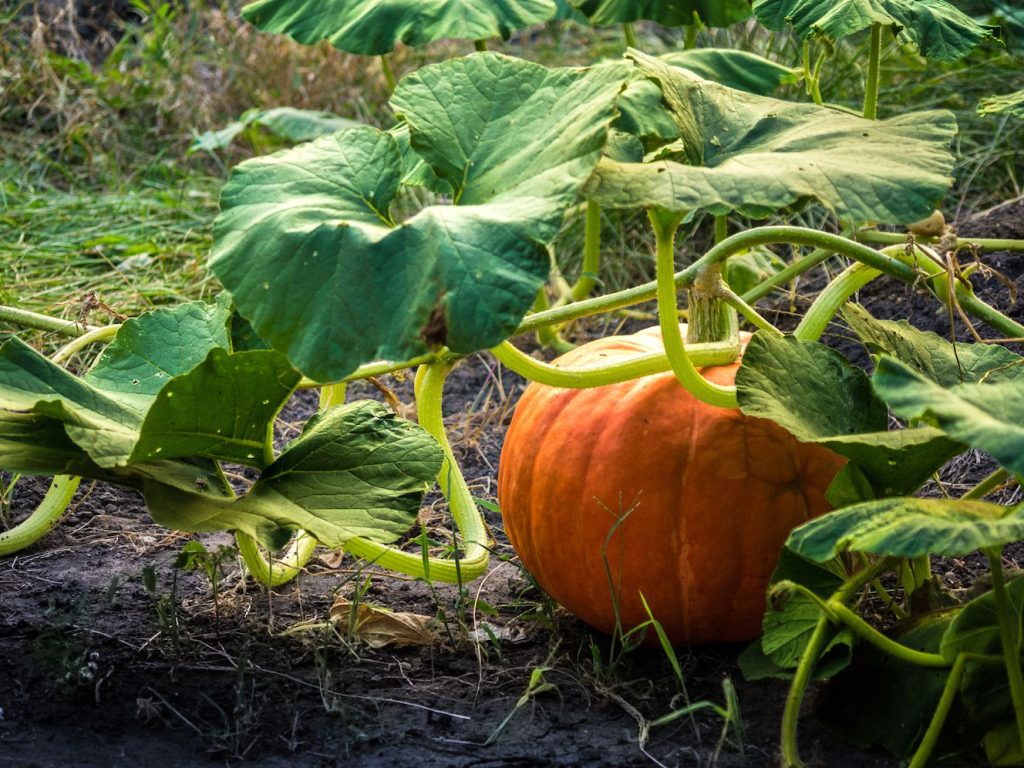
As soon as September ushers in the autumn season, vegetables that are still ripening demand special protection from contamination and rot fungi. Protect pumpkins with a thick layer of straw on which you bed the fruit. The straw cushion also ensures uniformly round pumpkins, as it adapts to the contour of the heavy fruit and prevents asymmetric deformation.
Plant bulbs for next spring
In the fall, put bulbs and tubers in the ground to add to the garden next spring. The location of the bulb flowers is crucial for lush blooming and vigorous growth, and this is determined in particular by the light requirements. This can often be read from the label and decides whether to plant in a sunny, semi-shady or shady garden spot.
Planting depth depends on the size of the bulb. As a rule of thumb, it should be covered with soil at about twice the height of the bulb. Since most bulb flowers have what are called pull roots, they can self-regulate their position in the soil.
So you do not need to measure with a yardstick to the millimeter when planting. However, especially for larger bulbs, such as ornamental leeks or lilies, a deeper planting hole is recommended to give the plant stems a more stable footing.
Support sowing of biennial plants
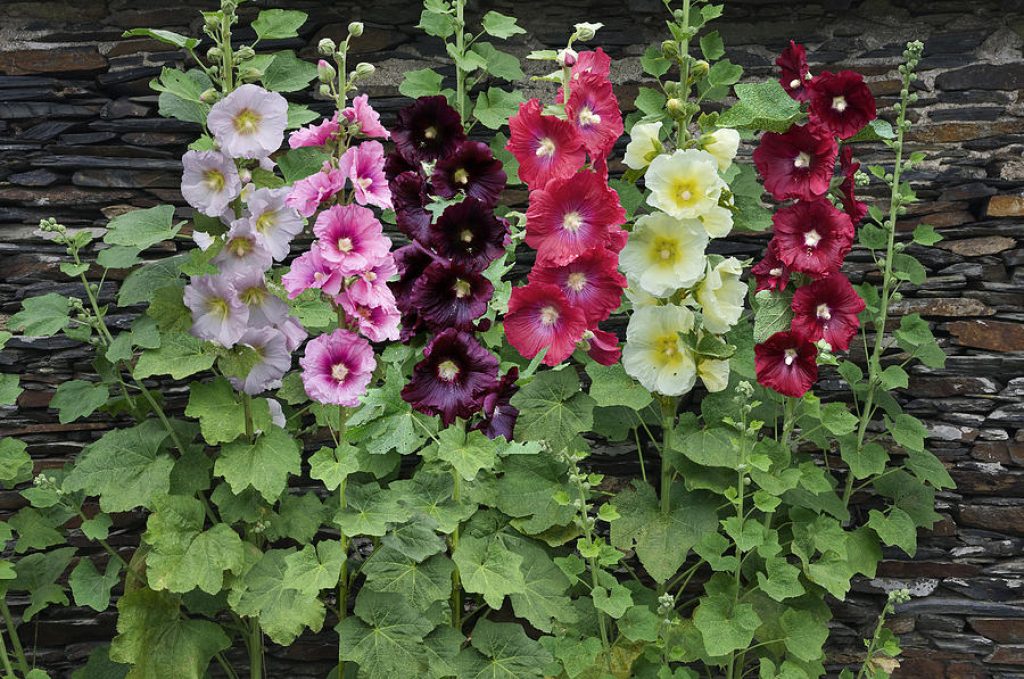
Biennial flowers usually self-seed in their location. In this way, they spread in the garden and conquer other beds again and again. If the propagation rate is not sufficient for you, you can also actively help.
From the beginning of September, you can collect the seeds and sow them directly elsewhere. In this way, for example, you can close gaps in the bed, promote propagation or set specific flowering accents.
To make it easier for the seeds to germinate, loosen the soil slightly before sowing, press it lightly after spreading the seeds and water with a soft stream of water in dry conditions.
Maintain lawn even in autumn
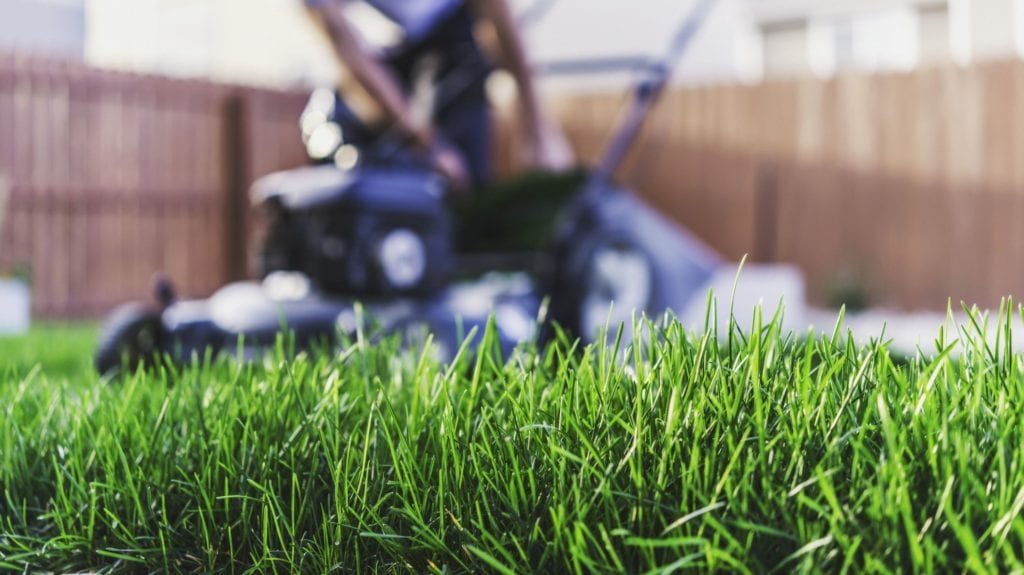
If the temperatures drop, you should shorten your lawn to a height of five centimeters. The reason: long grass tends to rot during wet autumn months, while short blades do not offer the roots sufficient protection against the cold.
If trees already shed their leaves, you can pick them up directly when mowing the lawn and eliminate another factor for rotting grass blades. Rot weakens grass plants, making them more susceptible to gray mold and fungal diseases.
If you discover areas of your lawn that are waterlogged, you can aerate them with a digging fork. This will provide the individual grass plants with more water, oxygen and nutrients that promote robust growth.
Remove leaves from lawns and ponds
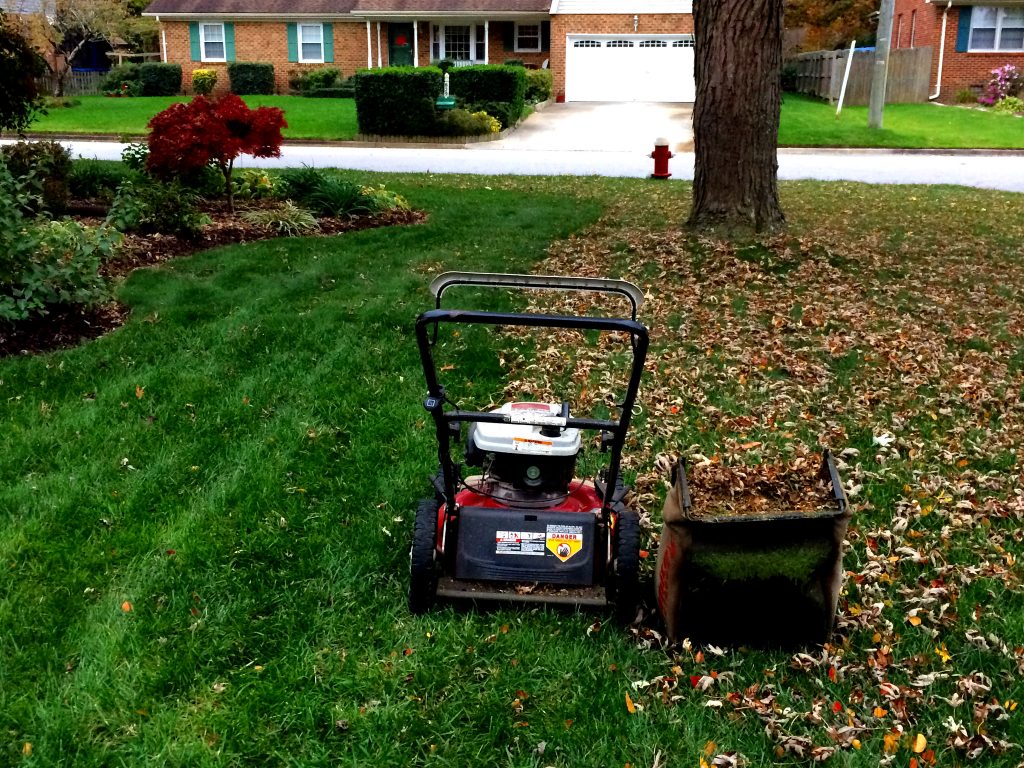
Some trees begin to shed their leaves as early as September. This collects, among other things, on lawns and in the garden pond, but has no place in either area. Wet leaves promote rotting in the lawn, reduce the water quality in the pond and encourage the formation of algae.
You can remove large quantities of leaves from lawns with a rake, for example. For the garden pond, a special leaf protection net is recommended, which catches the leaves of the trees and thus keeps them away from the water surface.
By the way, you can use the collected leaves on beds and borders as frost protection or mulch material. If you arrange it in a suitable corner of the garden to form a pile of leaves, you also provide beneficial insects and hedgehogs with a welcome shelter for the winter.
Harvest apples in stages
September ushers in the beginning of the apple harvest. While the fruit ripens fairly evenly on narrow bush trees, ripening occurs in stages, especially on large apple trees. Thus, the fruits on the side facing away from the sun as well as inside the tree crown require a longer ripening period than the fruits on the side of the tree facing the sun.
Thus, several harvesting passes are usually necessary to harvest all the fruit when ripe. However, remove not only the ripe ones, but also all apples with signs of disease such as rot or apple scab. Flawless specimens can be stored after harvesting, while fruit with small, harmless blemishes should be disposed of quickly.
Rotten spots contain the fungal toxin patulin and must therefore be cut out generously. If small, dry and brown spots appear in the flesh, the apples often taste bitter. However, the brown spots are harmless from a health point of view and result from nutrient problems of the apple tree during fruit formation.
Propagate currants via cuttings
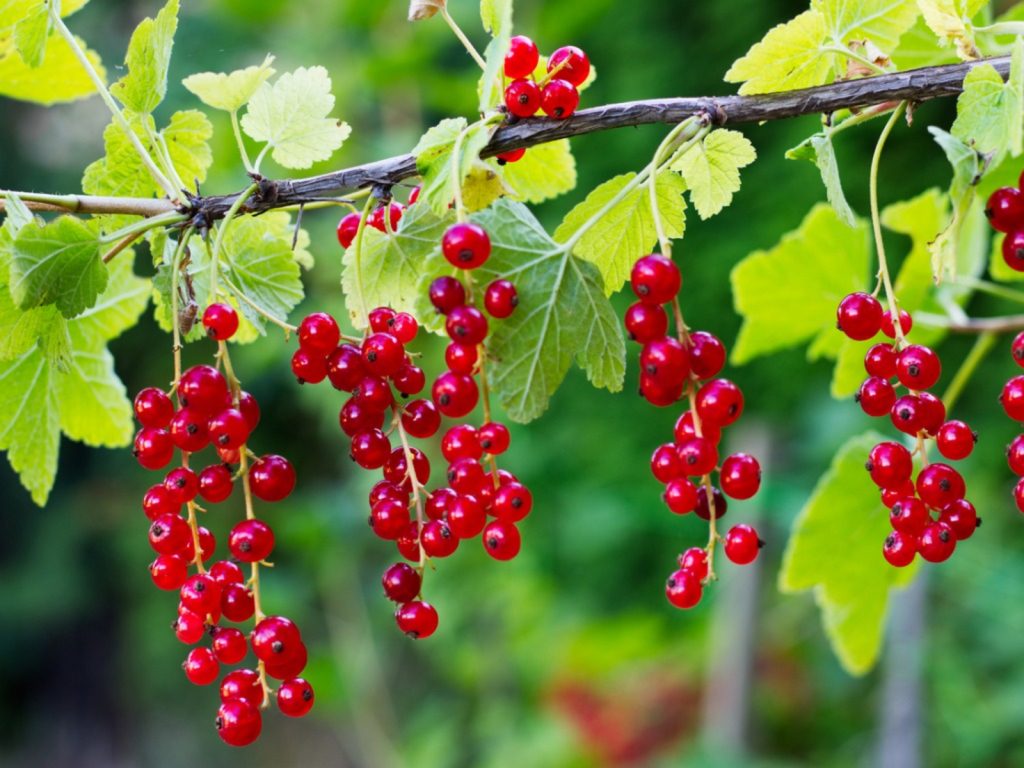
If you would like to enrich your garden with more currant bushes, you can propagate them in the fall via cuttings. To do this, cut off shoot tips from one-year-old canes that have a length of about 20 centimeters. If the shoots are particularly long and strong, several cuttings can be obtained.
To stimulate root formation only at the lower end of the cuttings, break out the middle buds and then insert the shoots into a planting trough. Make sure the cuttings are about ten centimeters apart and the planting depth is between 10 and 15 centimeters.
Then fill the trench with soil, making sure that the tip of the shoot with its terminal buds is about a hand’s width above the soil. After the cuttings have developed over the winter months, you can transplant the strongest young plants to the desired location in late spring.
Protect fruit trees from frost moths
A heavy infestation of frost moths can cause major damage to fruit trees. Since the flightless females climb up tree trunks to lay their eggs starting in October, you should install glue rings as early as the end of September.
To prevent the pests from taking detours to the tree crown, do not leave the tree stake unprotected. Either attach the glue ring above the junction of the tree trunk and tree stake or attach another ring directly to the tree stake.
Clean abandoned nest boxes
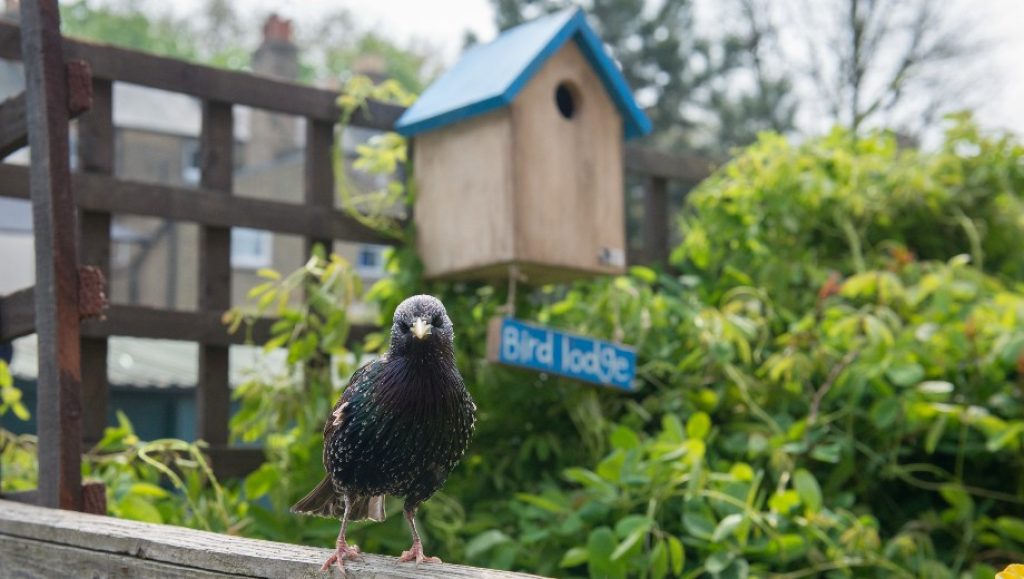
In addition to typical gardening tasks such as harvesting and planting, September is also a time to clean out nest boxes. For example, the brood of nuthatches, tits, sparrows and wrens should have fledged by this month.
Before you take down the nesting box for house cleaning, however, it is worthwhile to do a quick check to make sure you really don’t disturb any garden guests. A short “knock” on the bird house is also recommended to warn off intermediate tenants such as dormice or wood mice.
Then use gloves, brooms and, if necessary, mild cleaning agents that are harmless to health to remove dirt and uninvited guests such as mites, bird fleas or ticks.
Incidentally, NABU recommends early cleaning, as you may disturb winter guests such as bats or bumblebee queens in late fall. After cleaning, the nest box may be returned to its location to serve as shelter for birds on cold autumn and winter days.
Set up winter quarters for hedgehogs
As soon as September ushers in autumn, some hedgehogs already start looking for a suitable shelter for the winter. If you would like to attract the useful slug hunters and insect eaters to your garden, you can either offer ready-made winter quarters, build them yourself or help them out with nesting material such as leaves.
While you can find ready-made hedgehog houses in stores, an inverted fruit crate, for example, in which you remove one of the two narrow side walls, serves as a do-it-yourself construction. Choose a dry, sheltered place under bushes or hedges and spread dry straw or leaves under the future dwelling.
In front of the opening, stick some bent willow branches into the ground to construct an arbor entrance about 30 centimeters long. Finally, use dry branches and leaves to mound the entire construction and you can eagerly wait to see if a prickly garden visitor will move into your shelter.







